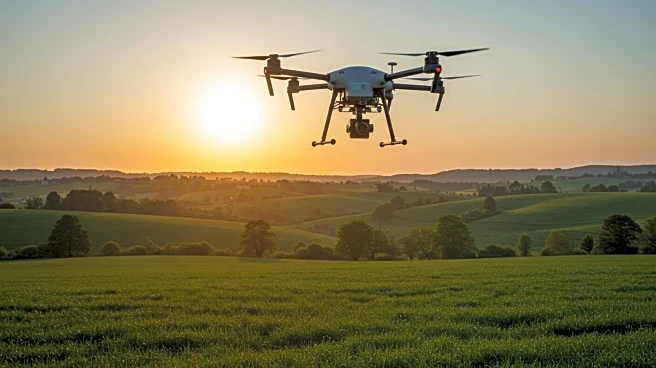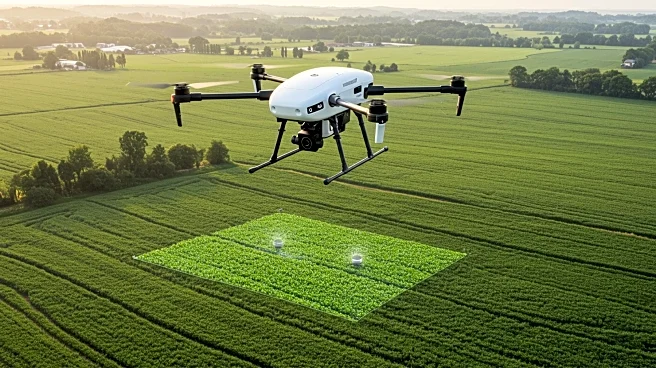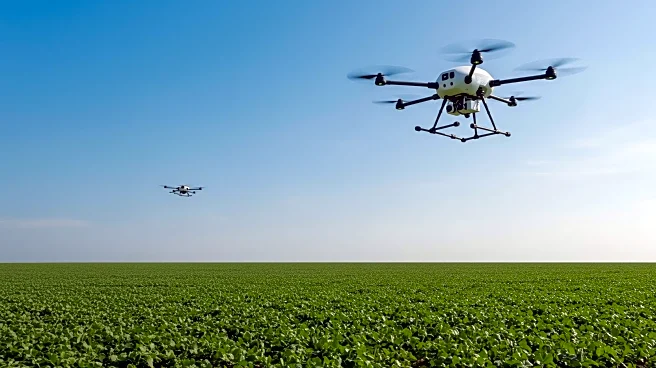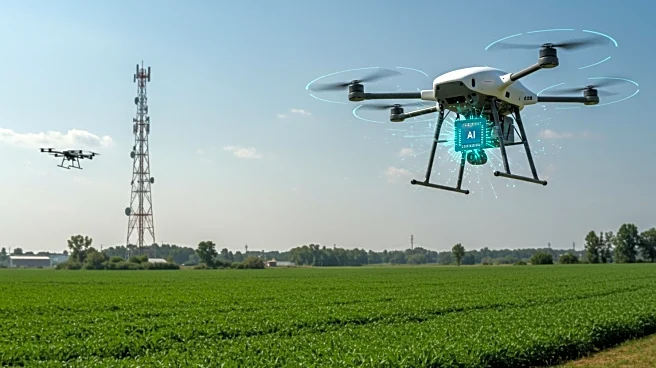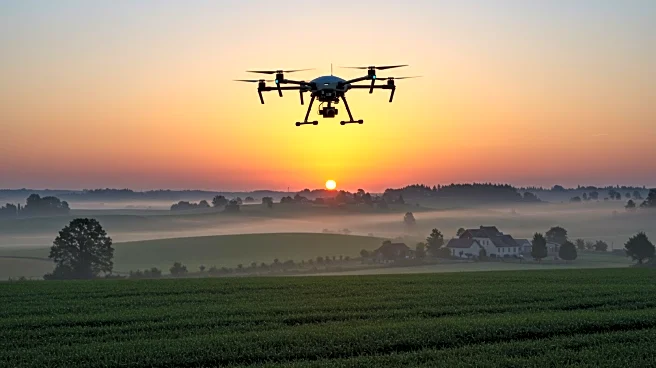Rapid Read • 8 min read
Hyperspectral imaging technology is rapidly gaining traction in the agriculture sector, with projections indicating that the market will exceed $400 million globally by 2025. This technology, which captures light across hundreds of narrow wavelength bands, offers detailed spectral signatures for every pixel, enabling real-time, data-driven decisions in crop monitoring, soil analysis, and input optimization. As the global population rises and climate challenges intensify, hyperspectral imaging is becoming a pivotal tool for modern farming, providing unmatched capabilities in detecting plant diseases, nutrient deficiencies, and soil properties. By 2025, over 60% of precision agriculture systems are expected to utilize hyperspectral imaging, marking a significant shift towards smarter, more sustainable farming practices.
AD
The adoption of hyperspectral imaging in agriculture is crucial for addressing the challenges posed by rising food demands and climate change. This technology allows for early detection of plant diseases and stress, enabling farmers to intervene before crop yields are compromised. It also supports precision irrigation and nutrient management, reducing input costs and environmental impact. As hyperspectral imaging becomes more affordable and accessible, even small farms can benefit from its capabilities, leading to more efficient and sustainable agricultural practices. The widespread use of this technology is expected to enhance food security, optimize resource use, and contribute to environmental resilience.
As hyperspectral imaging technology becomes mainstream, farmers and agribusinesses are likely to integrate it into their operations for improved crop health monitoring and soil management. The technology's ability to provide detailed insights into plant and soil conditions will drive its adoption across various agricultural applications, including disease detection, pest control, and yield prediction. Policymakers and industry leaders may invest in research and development to further enhance the technology's capabilities and ensure its widespread implementation. Additionally, the integration of hyperspectral imaging with other digital tools, such as IoT and cloud-based analytics, will facilitate more comprehensive and efficient farm management.
The rise of hyperspectral imaging in agriculture also raises ethical and legal considerations regarding data privacy and ownership. As farmers increasingly rely on digital tools for decision-making, questions about who owns the data and how it is used will become more prominent. Furthermore, the technology's ability to monitor environmental impacts, such as carbon emissions and contamination, may lead to stricter regulatory compliance and sustainability standards. These developments could drive long-term shifts in agricultural practices, promoting more responsible and transparent farming operations.
AD
More Stories You Might Enjoy
